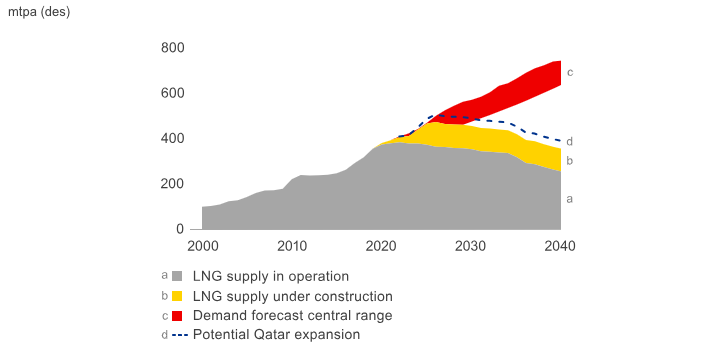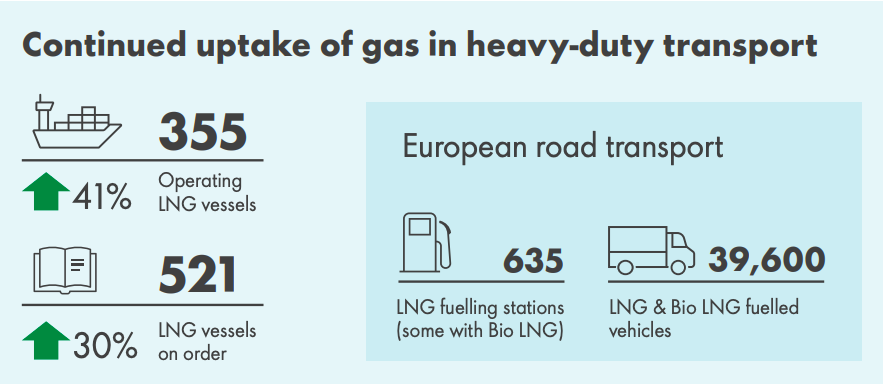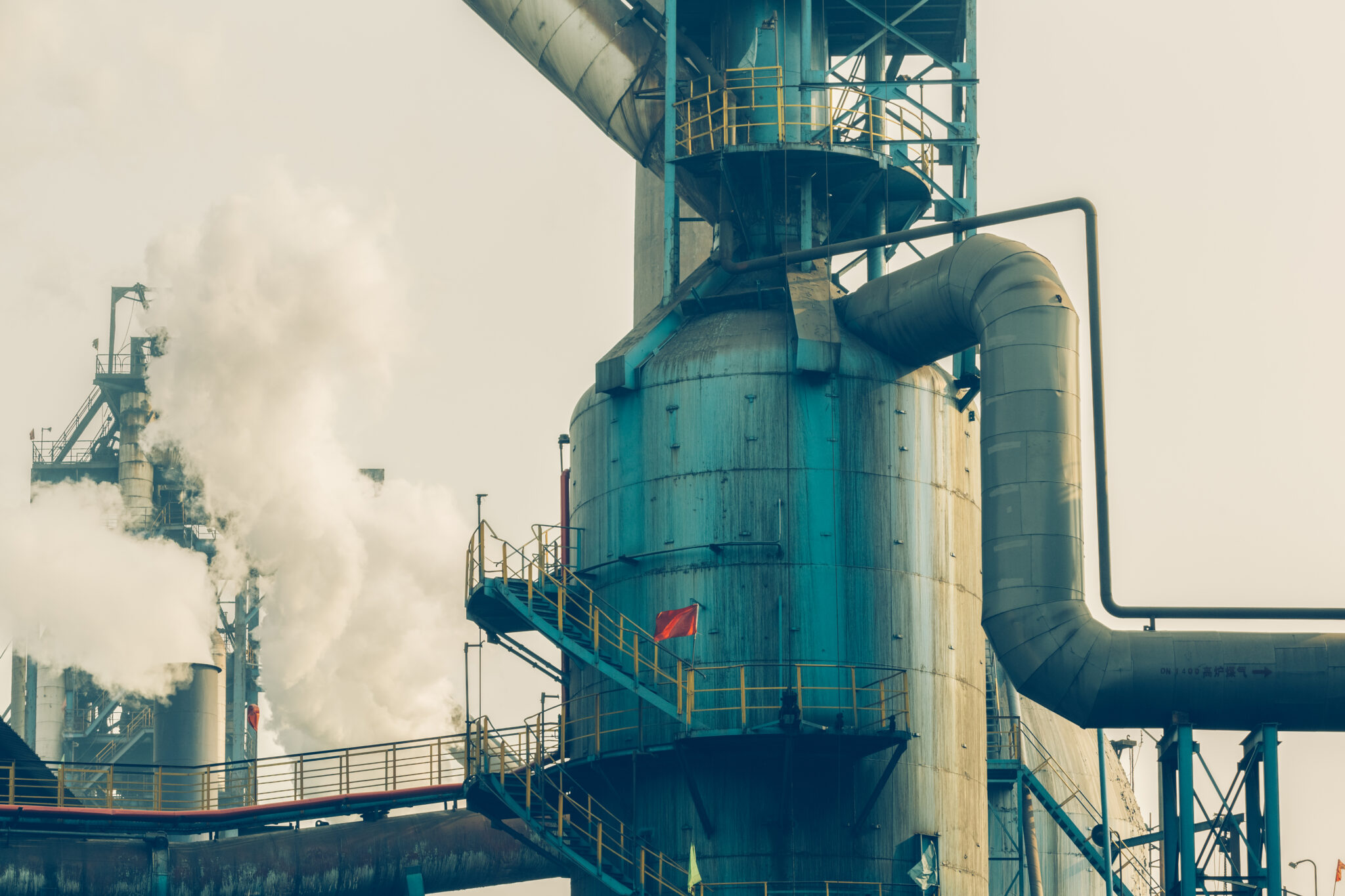It’s no doubt the transition to renewable energy sources is facing significant challenges: Shortage of agricultural products for biofuels, ongoing geopolitical tensions, and the complexity of managing low-carbon supply chains have deferred the pace of the global energy transition.
And as we repeatedly meet UN carbon neutrality deadlines, LNG is revealed to be a potential cornerstone of the world’s clean energy supply, with Europe as one of its catalysts.
In their recent LNG Outlook, Shell highlights how current market volatility, amplified by geopolitical events like the Ukrainian-Russian conflict, is prompting nations to reconsider their energy security strategies.
There’s a gradual but noticeable move away from the oil extraction and production sector towards projects that promise low or no carbon emissions, a transition that’s not only an environmental necessity but also of economic viability.
Besides, while the war has been important for Europe to alter its fuel consumption patterns, they are not the only players in this field: in 2022, Asian countries accounted for nearly 70% of global natural gas imports, signifying their dominant role in the market, and is expected that the majority of of new LNG supply from 2030 onwards is supposed to come from US and Qatar
Analyzing the Demand Gap Scenario
A critical point to note is the looming supply-demand gap – as the world’s gas and LNG markets are expected to evolve, the slow pace of the energy transition scenario means investment will be necessary to meet the forecasted LNG demand analysts are predicting. This imbalance could lead to continually rising prices, which would be unsustainable for the production and distribution supply chains.

The Uptake of LNG Vessels
LNG is often viewed as a transitional fuel in the shipping industry, offering immediate emissions reductions and a pathway to net-zero emissions. Investments in dual fuel vessels have reached record highs, indicating a significant shift in the industry’s approach to emissions reduction.

However, the potential for supply-demand imbalances could mean rising freight costs for charterers, as net-zero vessels will be more and more required. The anticipated supply-demand gap in LNG markets suggests that significant investments in LNG infrastructure, including liquefaction plants and transport vessels, will be necessary in the short to mid term.
Besides, geopolitical events and the push towards energy security strategies may lead to more consistent demand for LNG as a stable and relatively cleaner fuel source. This means a potential shift in fuel sourcing strategies, with a greater emphasis on LNG.
This makes the future promising for companies in the up and midstream sectors, as the global gas and LNG markets are expected to evolve following structural changes in market dynamics. Charterers will need to navigate these cost fluctuations to maintaining operational efficiency and profitability on their seaborne supply chains.


